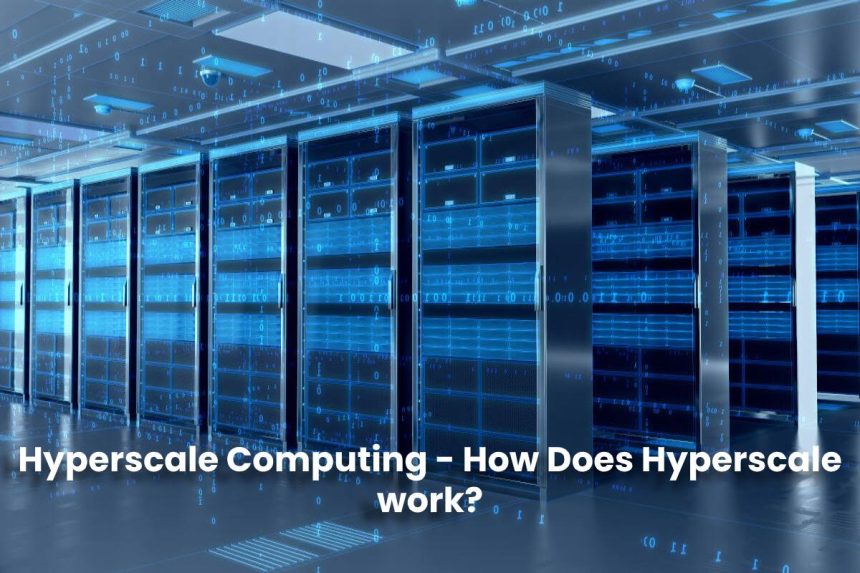Hyperscale Computing: Everyone is discussing big data and cloud computing. But current popular keywords are a. Industry 4.0, Internet of Things or autonomous driving. These technologies require the networking of a vast number of sensors, devices, and machines. This involves huge amounts of data that have to be processed in real-time and immediately implemented in site actions. These amounts of data – whether industrial or private, in science and research – are growing at an exponential rate.
It is not always likely to consider when which capacities are needed on servers. In order to be able to react to such rapidly changing requirements, server capacities should be scalable. You can find out which physical structures are necessary for this and how they are best connected to one another in our guide to hyperscale computing. With this knowledge, you can choose certain server solutions that best meet your needs.
What is Hyperscale?
The term hyperscale describes scalable cloud computing systems in which a massive number of servers are connected in a network. The number of servers used can be increased or decreased as required. Such a network can process a large number of accesses and provide lower capacities when the workload is low.
The scalability is the real expression of the fact is that the network to changing performance requirements adapts. Hyperscale servers are small, simple systems that are precisely tailored to a specific purpose. To achieve scalability, they are networked horizontally. Horizontal describes the fact that additional server capacities are added to increase the performance of an IT system. In international usage, the term scale-out is also used for this.
The opposite process of vertical scalability describes the expansion of an existing local system. Thus, a current computer system is upgraded with better hardware, i.e., larger main memory, faster CPU, more powerful hard disks, or faster graphics cards. In practice, the technology is often upgraded on-site before horizontal scaling – to the limits of what is technically feasible or the limits of acceptable hardware costs. Then the step to the Hyerscaler is usually inevitable.
How Does Hyperscale Computing work?
In hyperscale computing, simply designed servers are networked horizontally. The word “simple” does not mean “primitive” but “easy to fit together.” So there are few and basic conventions – e.g., B. Network protocols. This makes the communication between the servers easy to manage.
The servers that are currently required are “addressed” using a computer that manages the incoming requests and distributes them to the available capacities, the so-called load balancer. It is continuously checked to what extent the used servers are loaded with the data volumes to be processed. If necessary, it adds additional servers when the request decreases.
Various analyzes have shown that only active 25 to 30 percent of the available data used to be in companies. The unused databases include e.g., B. backups, customer data, recovery data. Without a tight order system, this data is difficult to find when needed, and backups can take days. All of this is simplified with hyperscale computing.
The complete hardware for computing, storage, and networks then only has one contact point for data backups, operating systems, and other required software. Combining hardware and supporting facilities allows the current environment of computing needed to be expanded to several thousand servers.
Limiting excessive copying of data and simplifying the application of policies and security controls in companies, ultimately reducing personnel and administrative costs.
Also Read: 4 Trends in Cybersecurity for 2020
READ MORE:- techrresearch

